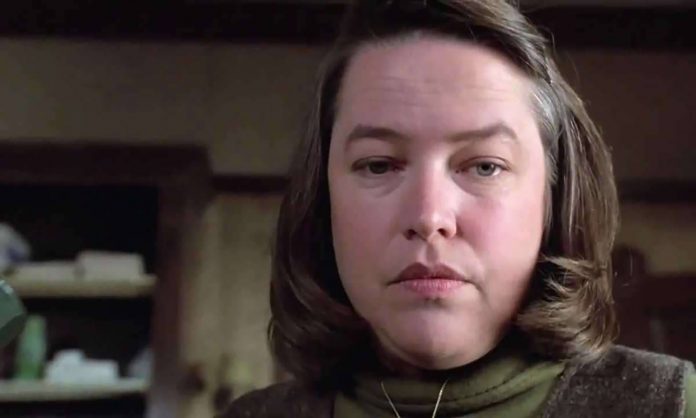Villains are the heroes in their own stories, but how can a writer create an antagonist that readers will both empathize with and hate? In a guest post on Jane Friedman’s blog, Neil Chase has some advice. “A great villain should have complex motivations and evoke sympathy from readers,” he writes. “Here’s how to build one.”
- Weave an intricate backstory. Give your villain a well-developed and even tragic backstory, one that is at least as thorough and believable as your protagonist’s. “The best villainous characters have a deep, rich backstory that makes them relatable and ultimately human,” Chase says. Create a surprising backstory, with motivations that are pure, even if your villain’s means aren’t.
- Give your villain a personality. “If you want your story to be gripping, make sure to put some thought into making your villain someone who readers will remember,” Chase writes.
- Explore the villain’s motivation. “By exploring the backstory and psychology of your antagonist, you can craft a more nuanced and sympathetic character,” Chase notes.
- Make them attractive in some way. Your villain doesn’t have to be – and shouldn’t be – all bad. Are they charismatic? Good-looking? Really good at what they do? “Whatever the case may be, giving your antagonist some redeeming qualities will make them more three-dimensional and ultimately more compelling,” Chase suggests. “Readers will be more invested in the conflict if they can see both sides of the story, and an attractive antagonist is a perfect way to achieve that.”












